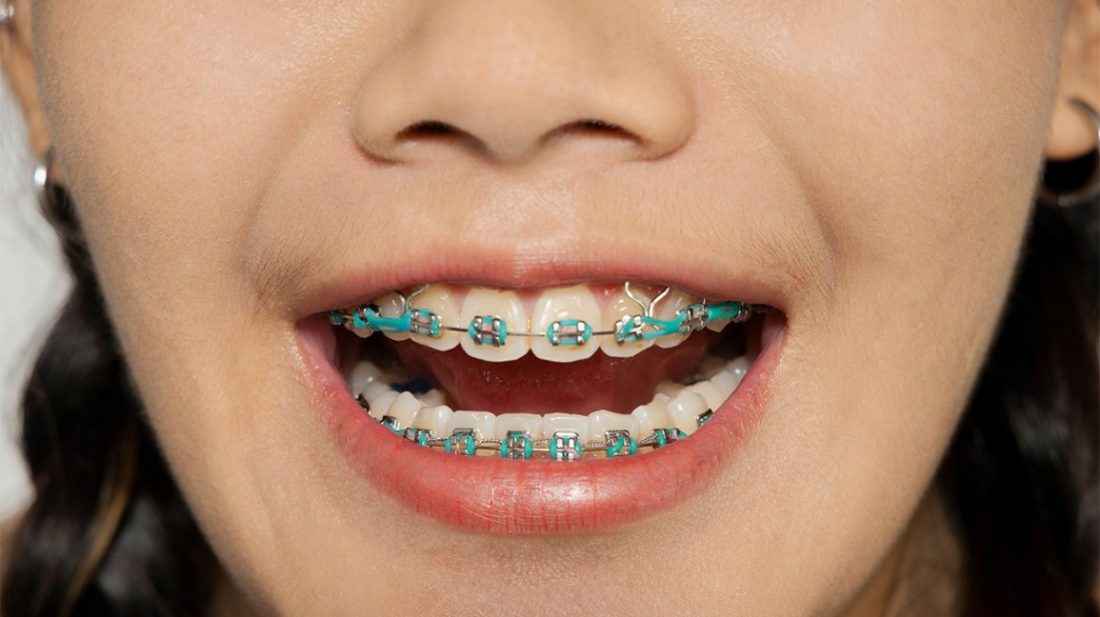In the rapidly evolving world of dentistry, the future of braces is being reshaped by groundbreaking orthodontic technologies, promising a revolution in how we approach teeth straightening and oral health. As we delve into the latest advancements, from nearly invisible aligners to smart braces equipped with real-time feedback capabilities, it’s clear that the journey towards achieving the perfect smile is becoming more efficient, comfortable, and accessible.

This article explores the cutting-edge developments in orthodontic treatment, shedding light on how these innovations are not only transforming smiles but also enhancing patient experiences worldwide.
What Does the Future of Braces Look Like?
Orthodontic treatment has come a long way since the days of bulky metal braces and headgear. Over the years, advancements in dental technology have revolutionized the field of orthodontics, offering patients a range of innovative options for straightening their teeth and achieving a beautiful smile. From clear aligners to 3D printing, the latest orthodontic technologies are changing the way orthodontic treatment is approached and delivered.
Staying updated with the latest trends in orthodontics is crucial for both orthodontic professionals and patients. Understanding the advancements in orthodontic technology can help patients make informed decisions about their treatment options, while orthodontic professionals can leverage these technologies to provide more efficient and effective care.
Kumra Orthodontics, a top-quality orthodontist in DC, is proactively embracing technological advancements to revolutionize patient care. This includes integrating state-of-the-art 3D imaging for precise diagnostics and employing digital impression systems for enhanced comfort and efficiency in treatment planning.
What are Clear Aligners?
Clear aligners have gained popularity as a discreet and convenient alternative to traditional braces, with Invisalign being the biggest brand name in the space. Unlike metal braces, clear aligners are virtually invisible and can be removed for eating, brushing, and flossing. They are custom-made to fit snugly over the teeth and are designed to gradually move the teeth into the desired position.
Advanced Computer Software for Precise Control
The technology behind clear aligners involves the use of advanced computer software to create a series of aligners that are worn sequentially to guide the teeth into alignment. This technology allows for precise control over tooth movement and enables orthodontists to treat a wide range of orthodontic issues, from mild crowding to more complex malocclusions.
Beyond Aesthetics
The benefits of clear aligners go beyond aesthetics. They offer improved comfort, as they are made of smooth, BPA-free plastic, reducing the likelihood of irritation to the cheeks and gums. Additionally, clear aligners make oral hygiene easier, as they can be removed for regular brushing and flossing, reducing the risk of plaque buildup and tooth decay.
What is the Role of 3D Printing in Orthodontics?
3D printing has made significant strides in orthodontics, revolutionizing the way orthodontic devices are designed and manufactured. This technology allows for the creation of highly precise and customized orthodontic appliances, such as clear aligners, retainers, and orthodontic brackets.
Personalized Treatment Solutions
One of the key advantages of 3D printing in orthodontics is the ability to create personalized treatment solutions for each patient. By using digital scans of the patient’s teeth, orthodontists can design orthodontic devices that are tailored to the unique anatomy of the individual, leading to more accurate and effective treatment outcomes.
Streamlined Production Process
Furthermore, 3D printing has streamlined the production process, reducing the time it takes to fabricate orthodontic appliances. This means that patients can receive their custom-made aligners or retainers in a shorter timeframe, leading to faster treatment times and improved patient satisfaction.
The Role of Digital Imaging and Artificial Intelligence in Orthodontics
Digital imaging and artificial intelligence (AI) are playing an increasingly important role in orthodontic diagnosis and treatment planning. By utilizing advanced imaging technologies, such as cone-beam computed tomography (CBCT) and intraoral scanners, orthodontists can obtain highly detailed 3D images of the teeth, jaws, and surrounding structures.
AI-Assisted Analysis and Personalized Treatment Plans
These digital images can then be processed using AI algorithms to assist orthodontists in analyzing the patient’s dental anatomy and simulating the potential outcomes of orthodontic treatment. This not only helps in creating personalized treatment plans but also allows for better communication between the orthodontist and the patient, as visualizations can aid in explaining the proposed treatment process and expected results.
Precision and Control for Improved Outcomes
In addition, digital imaging and AI contribute to improved treatment outcomes by enabling orthodontists to monitor the progress of tooth movement and make necessary adjustments throughout the course of treatment. This level of precision and control ultimately leads to more predictable results and a more efficient orthodontic experience for the patient.
Conclusion
The future of braces is being shaped by advanced technologies and orthodontic innovations that are enhancing the way orthodontic treatment is delivered. From clear aligners to 3D printing, and the integration of digital imaging and AI, these advancements are not only improving the aesthetics and convenience of orthodontic treatment but also leading to more efficient treatment times and better outcomes. As these technologies continue to evolve, the future of orthodontics looks promising, offering patients a more comfortable, personalized, and effective approach to achieving a straighter and healthier smile.



